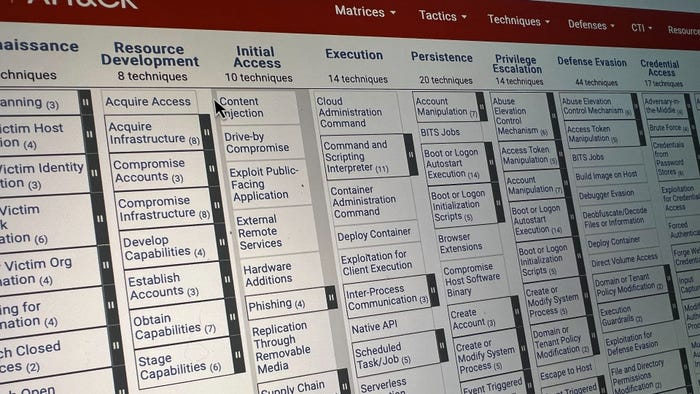Hacked in Mid-AirHacked in Mid-Air
Flaw in next-gen air traffic control could let an attacker create as many as 50 phantom aircraft on the controller's screen

5:30 PM -- An air traffic controller is sitting at a console, guiding a 747 in for a tricky landing. Suddenly, another airplane appears on the screen. And then another. Unable to identify or contact the new aircraft, the controller is paralyzed.
A nightmare system malfunction? No, a computer hack. And aviation activist Dick Smith contends that he can prove it.
Smith is campaigning against the adoption of the automatic dependent surveillance broadcasting (ADS-B) system, a next-generation air traffic control system that is currently being prepared for rollout in airports across Australia. Smith believes the new system is unsafe, according to this article in The Australian.
In a letter to Warren Truss, Australia's Transport Minister, Smith offered to demonstrate how a hacker, using a second-hand transponder from a general aviation aircraft connected to a $5 aerial and a laptop, could create as many as 50 false aircraft on a controller's screen. "This will create total chaos in the air traffic control system," he said.
It's not entirely clear whether Smith is a crackpot or not. He says that officials at the U.S. Federal Aviation Administration, which purportedly is also planning to deploy the system, told him about the flaw. But an FAA spokesperson says the agency hasn't been in touch with Smith. An official at Truss's office says Australia is considering Smith's letter, but the agency hasn't made a decision about deploying ADS-B one way or the other. Experts on air traffic control systems say the vulnerability is there, but there is also a workaround that would enable the controller to distinguish the real planes from the phantoms.
As for me, I hope both agencies are taking Smith's claims seriously. If my cellphone or iPod can still cause trouble with an airplane's long-standing navigation systems, I can only imagine what a determined attacker might do with a first-generation, through-the-air computer application. If there's one thing we've learned in the IT security space, it's that developers often overlook security threats, even at their most basic level.
To me, the vulnerability also says that it's time to stop whining about the cost and performance implications of data encryption. If you want to protect any data, no matter where it resides or where it's transmitted, encrypt it. Air traffic control signals should be encrypted, period. So should customer data, or any other information that your organization holds dear.
Crackpot or not, Mr. Smith has got a point, and I hope the aviation world hears him out. This is one vulnerability I wouldn't want to discover on the way down.
— Tim Wilson, Site Editor, Dark Reading
Read more about:
2006About the Author
You May Also Like
Uncovering Threats to Your Mainframe & How to Keep Host Access Secure
Feb 13, 2025Securing the Remote Workforce
Feb 20, 2025Emerging Technologies and Their Impact on CISO Strategies
Feb 25, 2025How CISOs Navigate the Regulatory and Compliance Maze
Feb 26, 2025Where Does Outsourcing Make Sense for Your Organization?
Feb 27, 2025




